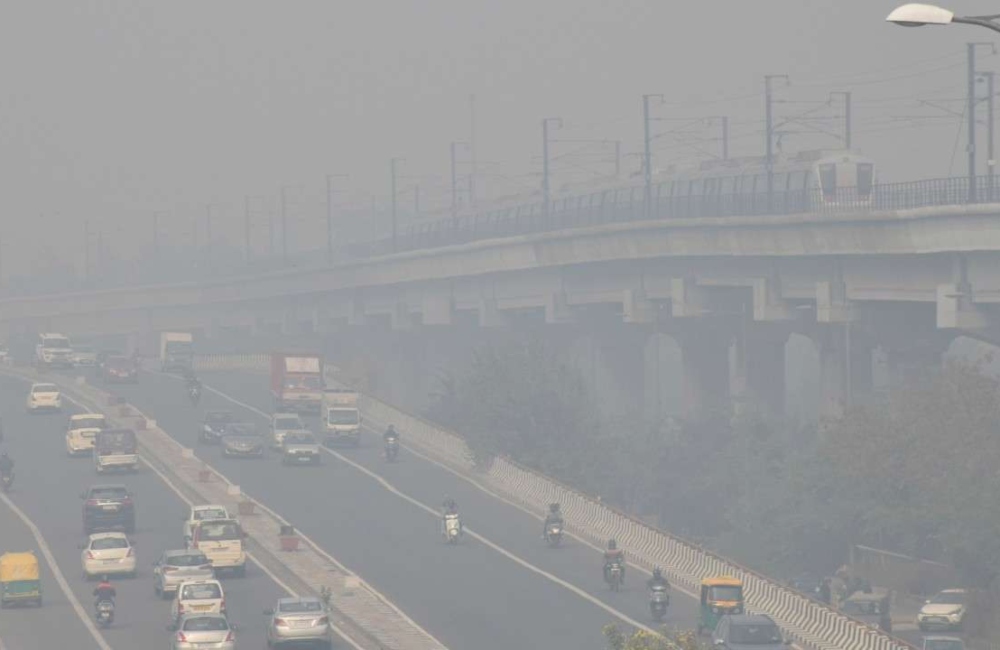As of 6 a.m. on November 2, Delhi’s Air Quality Index (AQI) has consistently remained in the “very poor” category for the sixth successive day, as reported by data from the Central Pollution Control Board (CPCB). According to the System of Air Quality and Weather Forecasting And Research (SAFAR), Delhi’s AQI level is recorded at 343, with PM 2.5 and PM 10 being the dominant pollutants.
Delhi reported PM 10 levels at 326 and PM 2.5 levels at 176. The India Meteorological Department’s forecast for November 2 indicates predominantly clear skies, with the temperature recorded at 18 degrees Celsius. Based on data provided by the Central Pollution Control Board, the Anand Vihar station reported an Air Quality Index (AQI) of 404, categorizing it as “severe.” The Punjabi Bagh station recorded an AQI of 415, also falling into the “severe” category. Meanwhile, the Mundka station registered the most critical air quality, with an AQI of 420.
The air quality in various areas continued to be classified as “very poor.” For instance, Burari reported an AQI of 340, Dwarka Sector-8 recorded an AQI of 370, Jahangirpuri registered an AQI of 374, Rohini recorded an AQI of 391, and Wazirpur station reported an AQI of 379. The CRRI Mathura Road station recorded “very poor” air quality with an AQI of 303, while the ITO station had an AQI of 311, also in the “very poor” category. Mandir Marg station reported “very poor” air quality with an AQI of 320.
In neighboring regions, Sector 62 in Noida recorded an AQI of 340, falling into the “very poor” category, while Sanjay Nagar in Ghaziabad reported an AQI of 250, placing it in the “poor” range, according to the Uttar Pradesh Central Pollution Control Board (UPPCB). In terms of air quality, Ashok Vihar, Dilshad Garden, and Lodhi Road stations displayed relatively better conditions, reporting AQI levels of 293, 277, and 281, respectively, falling within the “poor” category.














